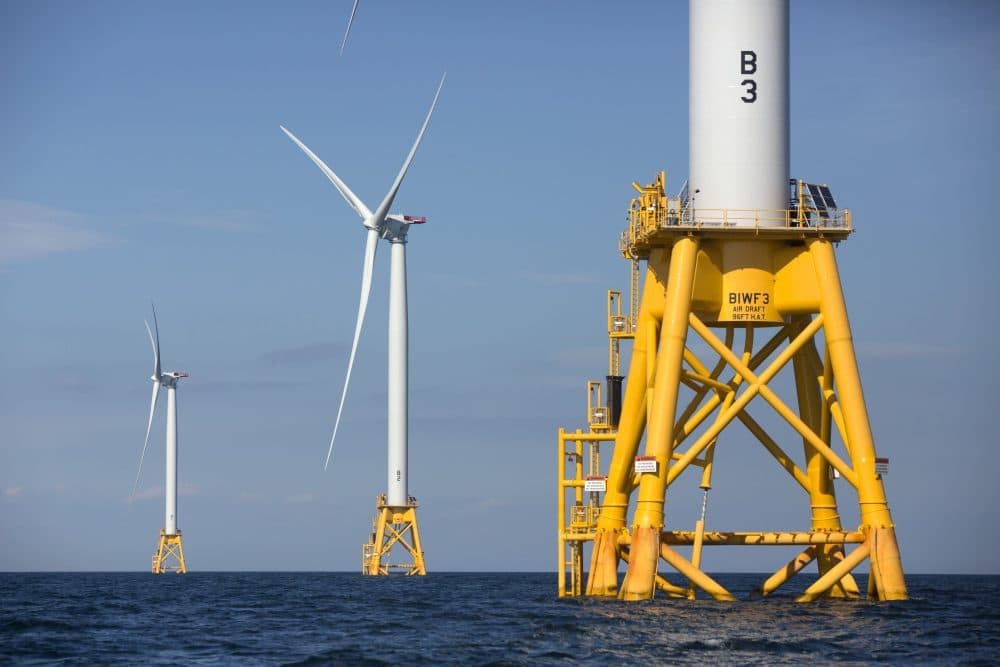Advertisement
Connecticut Selects Vineyard Wind To Redevelop Bridgeport Harbor, Provide Offshore Power

The city of Bridgeport is the big winner in the state’s latest offshore wind acquisition. “Park City Wind,” a proposal from developer Vineyard Wind, was selected by state officials Thursday and is being billed as the largest purchase of renewable energy in state history.
The project aims to redevelop port facilities in Bridgeport Harbor. Katie Dykes, commissioner of the Department of Energy and Environmental Protection, said it also more than doubles the amount of zero-carbon renewable energy procured by the DEEP to date.
Dykes said it would provide enough energy to power about 400,000 homes, or about 14% of the state’s electricity supply. The turbines would be located south of Martha’s Vineyard and Nantucket and would not be visible from Connecticut’s shoreline.
If the project sticks to schedule, it would come online in 2025, but there is no definite construction timeline yet.
Vineyard Wind is the developer on a similar offshore wind project in Massachusetts, which was slated to begin construction this year. In August, the Department of Interior delayed that project, citing broad concerns about the potential impacts of offshore wind on the eastern coast.
Vineyard Wind CEO Lars Pedersen said Thursday he believes that federal review will conclude in the first half of 2020.
“This [Bridgeport] project would be included in that cumulative impact study,” Pedersen said. “Once the programmatic review of offshore wind in a more general sense is concluded, we would expect that some of the challenges that we have faced with the first project will be already handled at a much earlier stage.”
Dykes said she is confident Vineyard Wind’s environmental and fisheries mitigation plans, which were submitted as part of its Connecticut proposal, would stand up to federal siting scrutiny.
“We’ve taken very seriously prioritizing or selecting projects that have very robust plans for addressing those concerns,” Dykes said. “We can say this project scored the highest in terms of its comparative plans for addressing environmental and fisheries mitigation.”
The original RFP authorized the state to purchase up to 2,000 megawatts, or about 30% of the state’s load, from yet-to-be-built offshore wind.
Thursday’s selection fell short the total possible procurement. Dykes said that the purchase was still quite large and that officials had to keep price in mind when choosing projects.
Going forward, she said, the state hopes to solicit more offshore wind bids.
“It is a great start,” Dykes said.
Vineyard Wind’s project was selected over competing proposals from joint partners Eversource and Ørsted, and from Mayflower Wind, a joint venture of Shell and EDP Renewables, which submitted two bids to Connecticut.
Vineyard Wind now enters into contract negotiations with the state’s two electric utilities, United Illuminating and Eversource.
This story is a production of the New England News Collaborative and was first published on Thursday, Dec. 5, by Connecticut Public Radio.